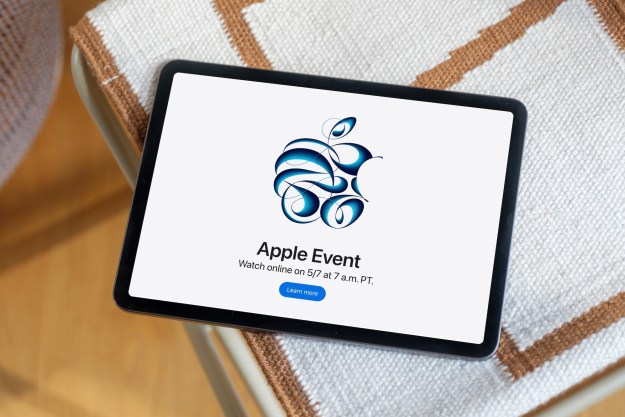Apple, in an attempt to end the bent iPad Pro controversy that has made the rounds on social media over recent weeks, uploaded a new support page that explains the tablet’s manufacturing process.
The issue on the new iPad Pro extends beyond its horrible performance in bend tests, such as the one carried out by YouTuber JerryRigEverything who cracked open the tablet right down the middle using just his bare hands. The bigger controversy is that some units of the iPad Pro are slightly bent right out of the box.
Apple does not consider the slight bend as a defect, claiming that it will not get worse over time and that it will not affect the iPad Pro’s performance. Apple’s VP of hardware engineering Dan Riccio further explained that there is a variance of 400 microns on the flatness of the iPad Pro.
Apple echoed its previous explanations on the issue while diving deeper into the device’s manufacturing process in a new support page titled iPad Pro unibody enclosure design. It starts by noting that the new iPad Pro models use a rectangular design with straight edges, compared to the curved edges of older iPad models. The support page also explains that the antenna splits on the sides of the iPad Pro, which help provide optimal cellular performance, were manufactured through a high-temperature process called co-molding that bonds plastic to the aluminum case.
“The new straight edges and the presence of the antenna splits may make subtle deviations in flatness more visible only from certain viewing angles that are imperceptible during normal use,” according to Apple, while also mentioning the deviation limit of 400 microns, which is supposedly less than the thickness of four sheets of paper.
That might not be what some customers want to hear after paying at least $800 for the tablet. However, with 400 microns equivalent to 0.4 millimeters, perhaps it is just easier to spot such imperfections on a device that is only 5.9 millimeters thick.
Apple maintained its position that a bend within the 400 microns limit will not affect the iPad Pro’s structural integrity or its performance, but reminds consumers of the company’s 14-day return policy, and invites customers who believe that their iPad Pro is bent more than allowed to contact official support channels.
Apple did not reveal a formal replacement program for bent iPad Pro units, but with Apple Support in the loop, it should not be hard to exchange such devices for straight ones.
Editors' Recommendations
- I don’t think Apple wants me to buy the new iPad Pro
- Apple updated two of its biggest iPad apps, and they look amazing
- Apple overhauled its two best iPad accessories. Here’s what’s new
- The new iPad Pro is here, and it looks absolutely ridiculous
- I found an amazing new way to use my iPhone 15 Pro Max


